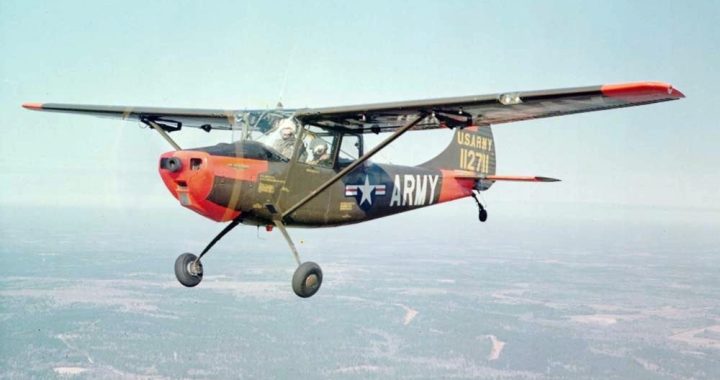Cessna O-1 Bird Dog; The Observation Aircraft of US Army
The aircraft for today is the observation and the liaison aircraft that served the US Army and the US Marine Corps. The name of this aircraft is Cessna O-1 Bird Dog which was the US Army’s very first all-metal and fixed wing aircraft that had been ordered by the US Army following their separation from … Continue reading Cessna O-1 Bird Dog; The Observation Aircraft of US Army
